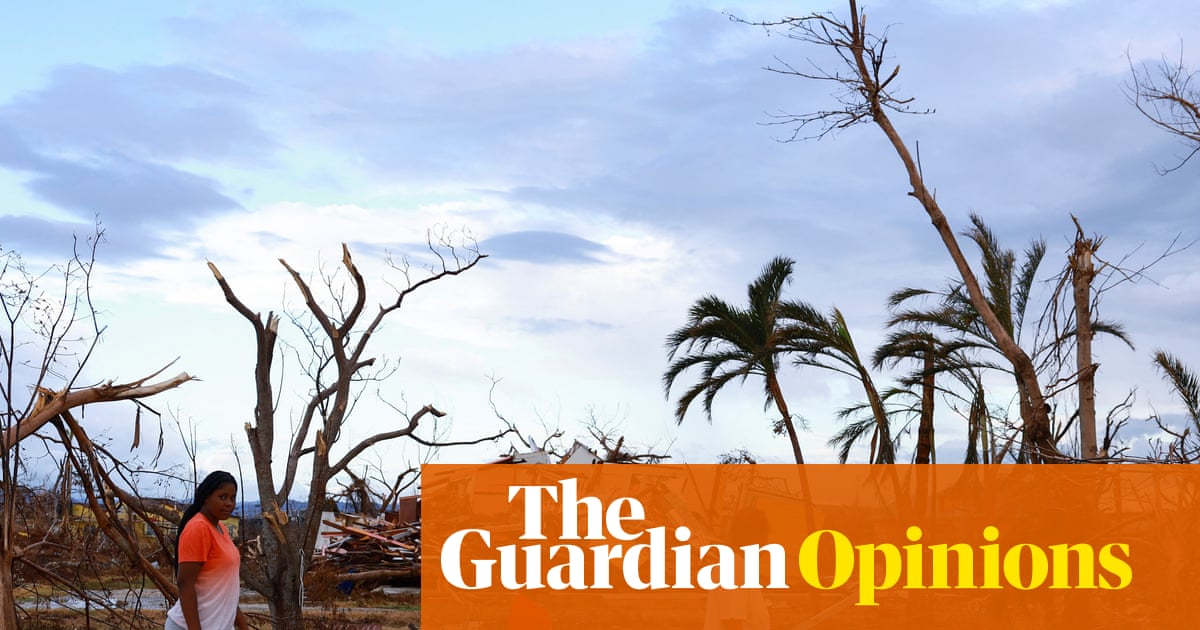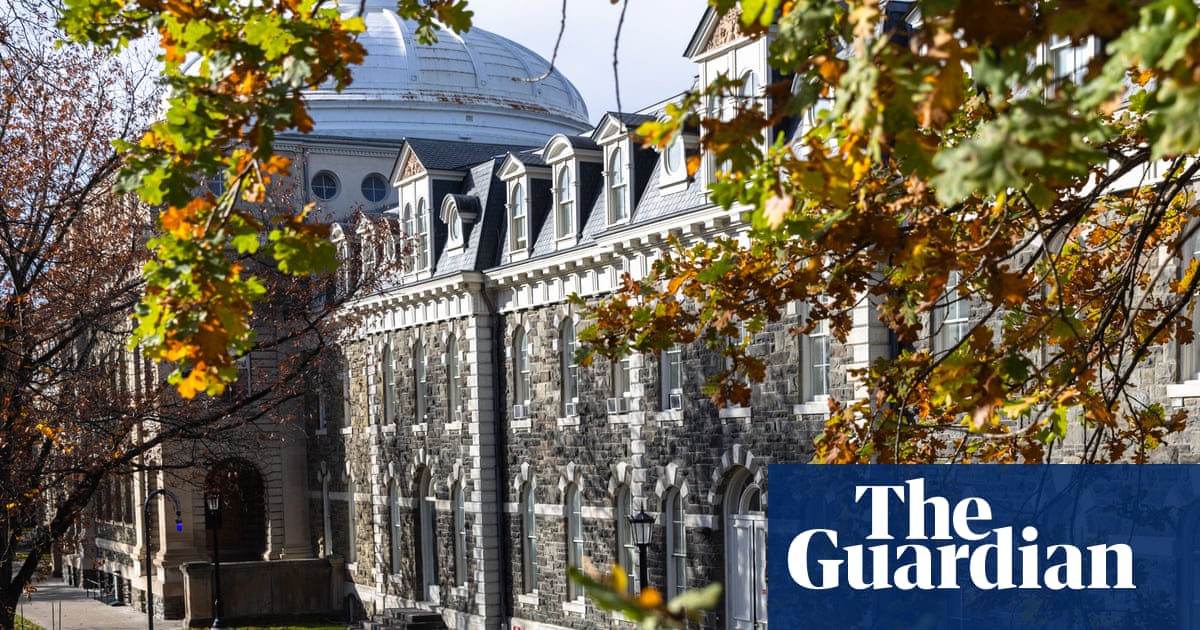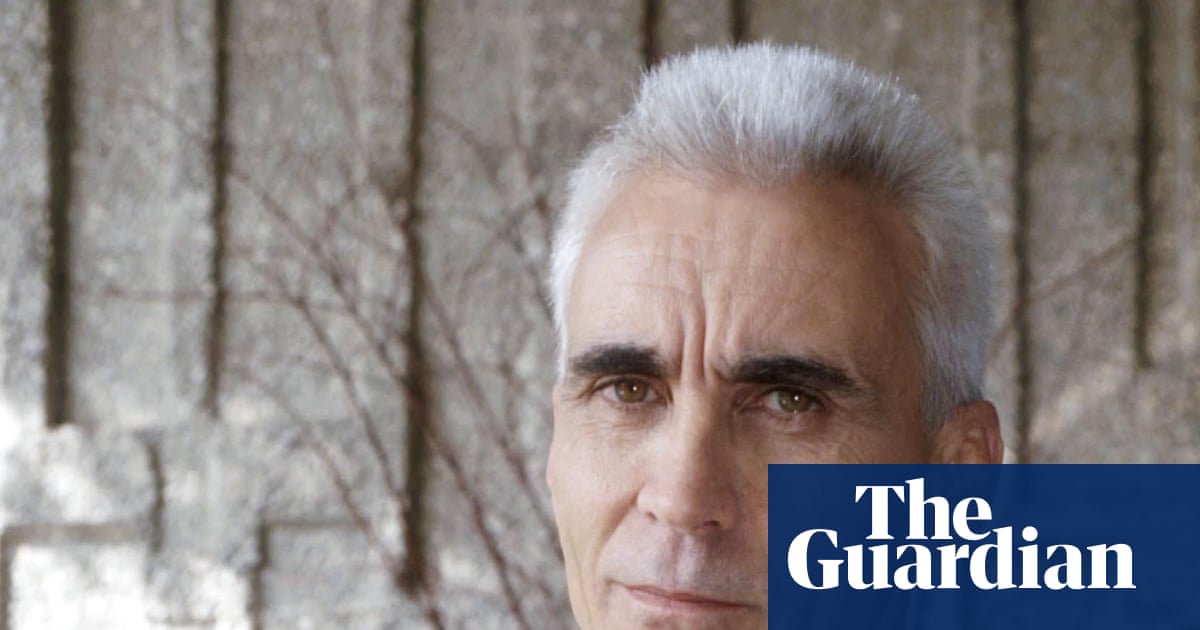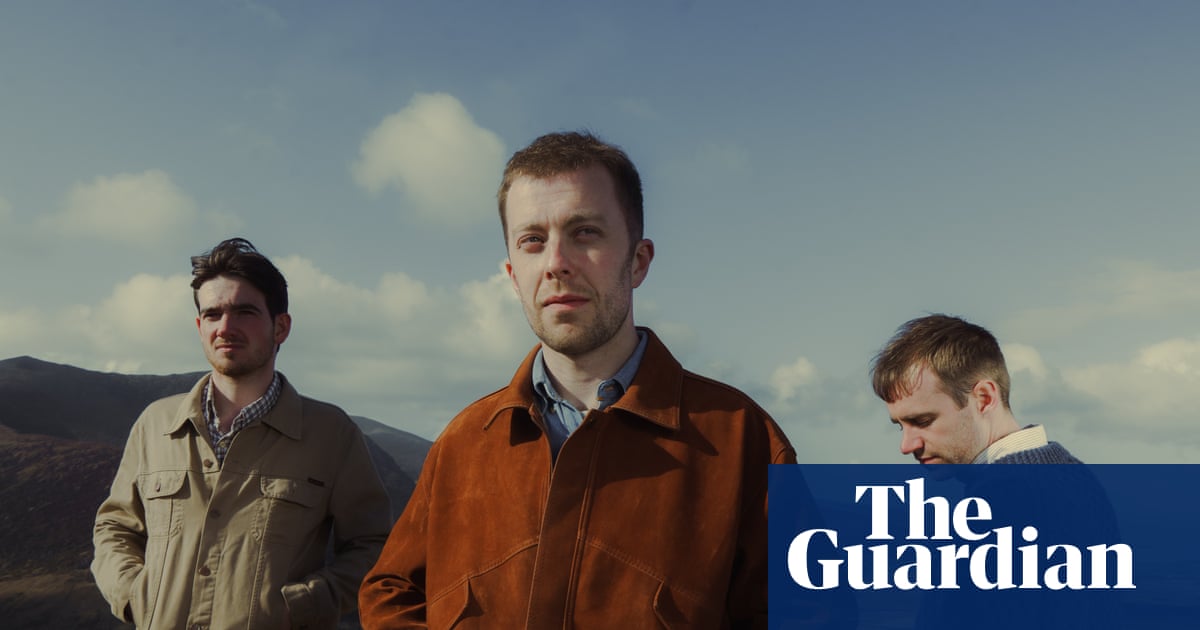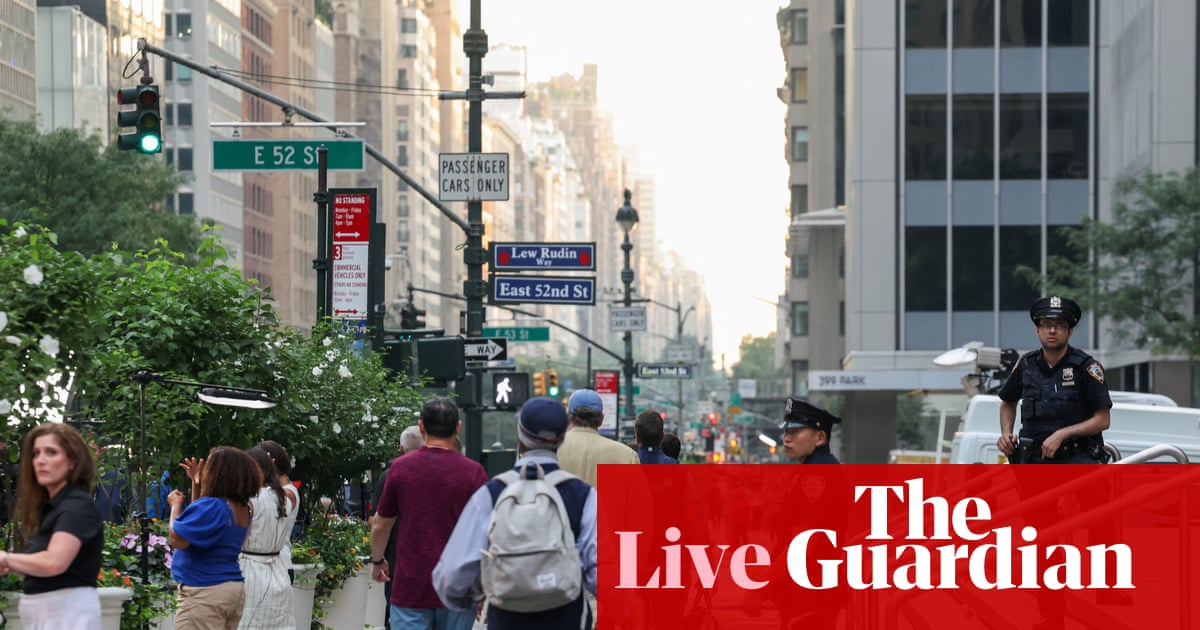Folkestone doesn’t have a pier. It has an Arm. That’s what the harbour’s long walkway into the Channel is called. It is a suitably surreal, even grotesque setting for the Folkestone Triennial artworks that infest its salty nooks and crannies – or armpits and elbow crooks. Laure Prouvost has placed a mutant seabird, with three heads and an electric plug on its tail, on the adjacent concrete stump of the defunct ferry terminal. Surprising? Not really if you have just visited The Ministry of Sewers, an installation by Cooking Sections that documents and protests the poisoning of our rivers and seas.
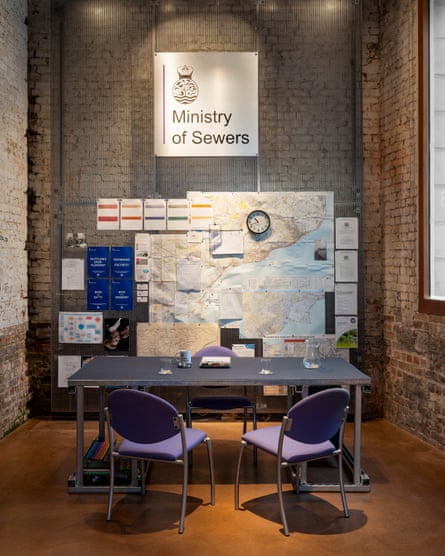
There’s nothing like an exhibit on the scale of Britain’s water pollution to kick off a day at the seaside. It’s cloudy when I visit, the cliffs and sea swathed in white mist and the water under the Arm looking like a detergent soup. It all adds to the uncanny mood. And art doesn’t come much more uncanny than the sculpture by Dorothy Cross near the far end of the Arm. You have to go down soaking wet, concrete steps to a recess with a precipitous opening to the evil-looking sea. “Try not to fall in,” says the attendant, who stays up above. Here you find a massive block of blood-coloured marble, as if a giant tuna steak had been stashed here by fish smugglers. The sides are smooth, the top uneven and rough. Out of this earthy hulk Cross has carved several pairs of feet in hyperrealistic detail, nervously walking its beach-like surface. They face out to sea, as if about to make a bold leap into the blue-green water, to find a better life.
Cross has made a monument to migrants. The marble she has used is from Syria, the feet pattering over it full of fear and hope. These lifelike appendages and the surface on which they stand echo Magritte’s surrealist 1934 painting The Red Model, of disembodied feet on red ground, while her use of massive, raw stone to suggest infinite sorrow - the weight of the world - shows she understands Michelangelo. This is a superb sculpture, brilliantly sited. It would be worth visiting Folkestone just to see it.
But there’s more – if you fancy a walk. Up above the cliffs, on steep green downs guarded by Martello towers built to fend off invasion during the Napoleonic wars, are a string of thoughtful, often witty artworks. A monolith that looks as if it were made from glue and plastic stands alone on a mowed hill, facing the sea. Approaching, you read the words “Curse dissolved”. That’s heartening. The brochure describes this piece by South African artist Dineo Seshee Raisibe Bopape as “meditative” but it made me laugh. What is the curse? Who lifted it?
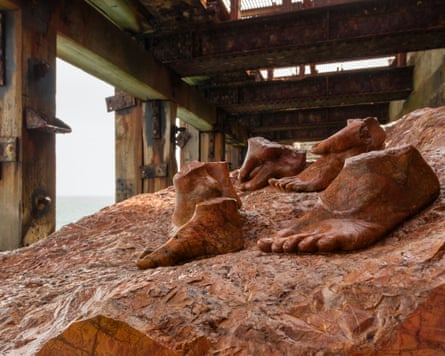
I chew on this as I climb to a white circular tower inside which Katie Paterson also plays with magic. Paterson shows, on curving display tables inside the round room where red-coated soldiers once lived, a collection of mystic charms from different times and places. There are images of ancient Egyptian gods, Buddhist amulets and a tiny figure of the Mesopotamian demon Pazuzu who features in The Exorcist.
Each replica is cast in materials that bear witness to planetary crisis, including space debris from satellites and plastic from the Mariana trench. Paterson has a track record of working with scientists to get her hands on such exotic materials. Her installation is a more refined version of the Ministry of Sewers, a sly way to show us that we are turning everything to crap. These amulets are bluntly satirical. They seem to mock the magical thinking of those who would wish away the Earth’s crisis.
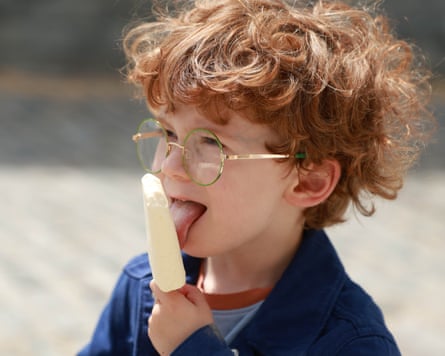
If you head on to the next Martello tower you might be momentarily cheered up by Jennifer Tee’s wavy picture of a giant kelp, mapped in the grass in brown bricks which also have sea kelp and other life forms imprinted on their surfaces. It makes you look out to the sea below and imagine the threatened life it holds.
There are jollities to be found in this seaside art trail – for the kids, Monster Chetwynd has started building an adventure playground, and down in the harbour you can get Emeka Ogboh’s “artist designed ice-cream”. But then I find huge burial urns littered in the high moorland overlooking the misty Channel. Sara Trillo has modelled these deathly objects on bronze age grave goods. They return you to melancholy: the view from here is as bleak as it is beautiful.

 3 months ago
81
3 months ago
81


